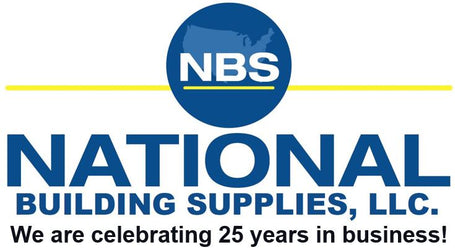The 3M 3302 Electrically Conductive Aluminum Foil tape and the 3M 1170 Electrically Conductive Tape are both designed for sensitive compartmentalized shielding applications (scif's) and utilize a two-mil thick aluminum foil backing. However, there are some notable differences in their adhesive thickness and performance characteristics.
Adhesive Thickness:- The 3M 3302 tape features a slightly thicker electrically conductive acrylic adhesive, measuring 1.5 mils.
- The 3M 1170 tape, on the other hand, has a slightly thinner electrically conductive acrylic adhesive, measuring 1.2 mils.
- The 3M 3302 tape is tested for shielding effectiveness between the frequencies of 100 kHz to 17 GHz and provides a minimum shielding effectiveness of 59 dB at 100 MHz Shielding effectiveness refers to the tape's ability to block or attenuate electromagnetic interference (EMI) or radio frequency interference (RFI).
- The 3M 1170 tape is tested for shielding effectiveness between the frequencies of 300 kHz to 2.5 GHz and has an average dB rating of 60 db. The specific frequency range and dB rating indicate its effectiveness at blocking EMI/RFI.
Based on the provided information, the performance differences between these two tapes are as follows:
Frequency Range:
- The 3M 3302 tape is tested in a broader frequency range of 100 kHz to 17 GHz, suggesting it may be suitable for applications requiring higher frequency shielding.
- The 3M 1170 tape is tested in a narrower frequency range of 300 kHz to 2.5 GHz, indicating its effectiveness is focused on lower frequency EMI/RFI shielding.
- The 3M 3302 tape provides a minimum shielding effectiveness of 59 dB at 100 MHz, indicating its ability to block a significant amount of EMI/RFI at that frequency.
- The 3M 1170 tape has an average dB rating of 60 dB, suggesting it offers a similar level of shielding effectiveness but over a different frequency range.
It's important to note that while the shielding effectiveness ratings are similar, they are tested over different frequency ranges and may have different performance characteristics outside of those specified ranges. Therefore, it's recommended to carefully consider the specific requirements of your application and consult the technical datasheets or contact 3M directly for detailed information and guidance on selecting the most suitable tape for your needs.
The test reading below were provided directly from the 3M.

